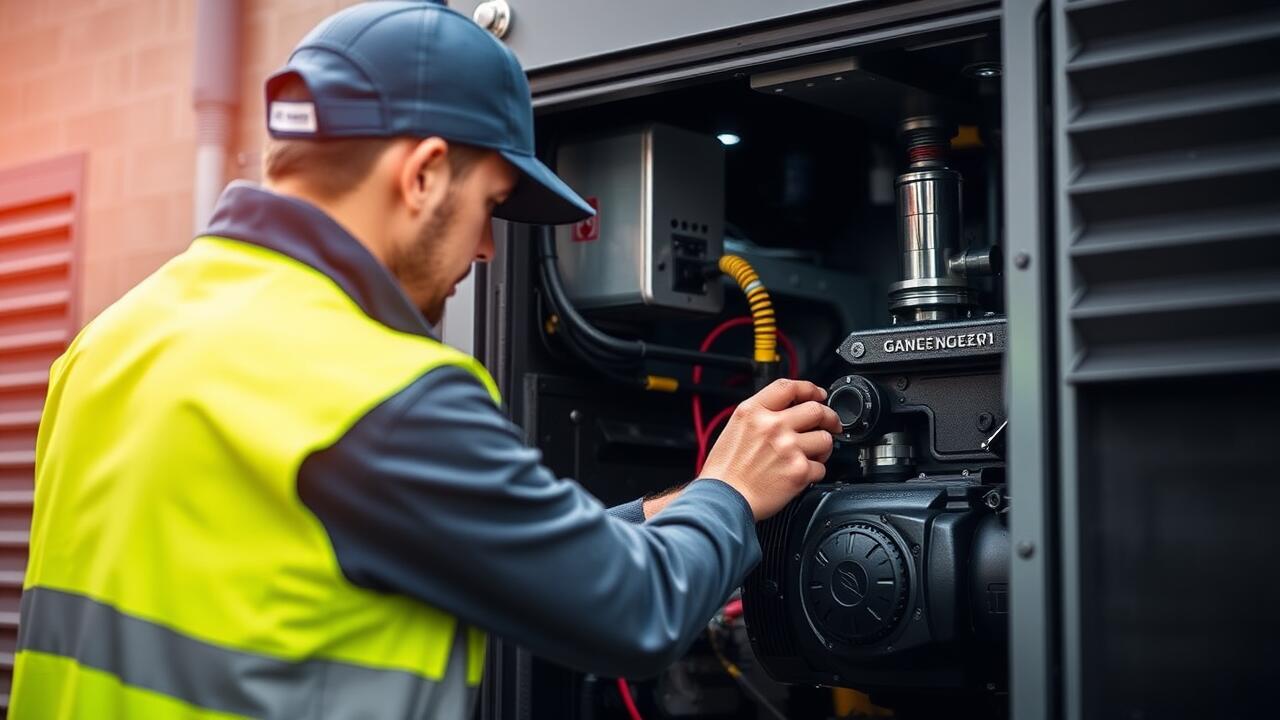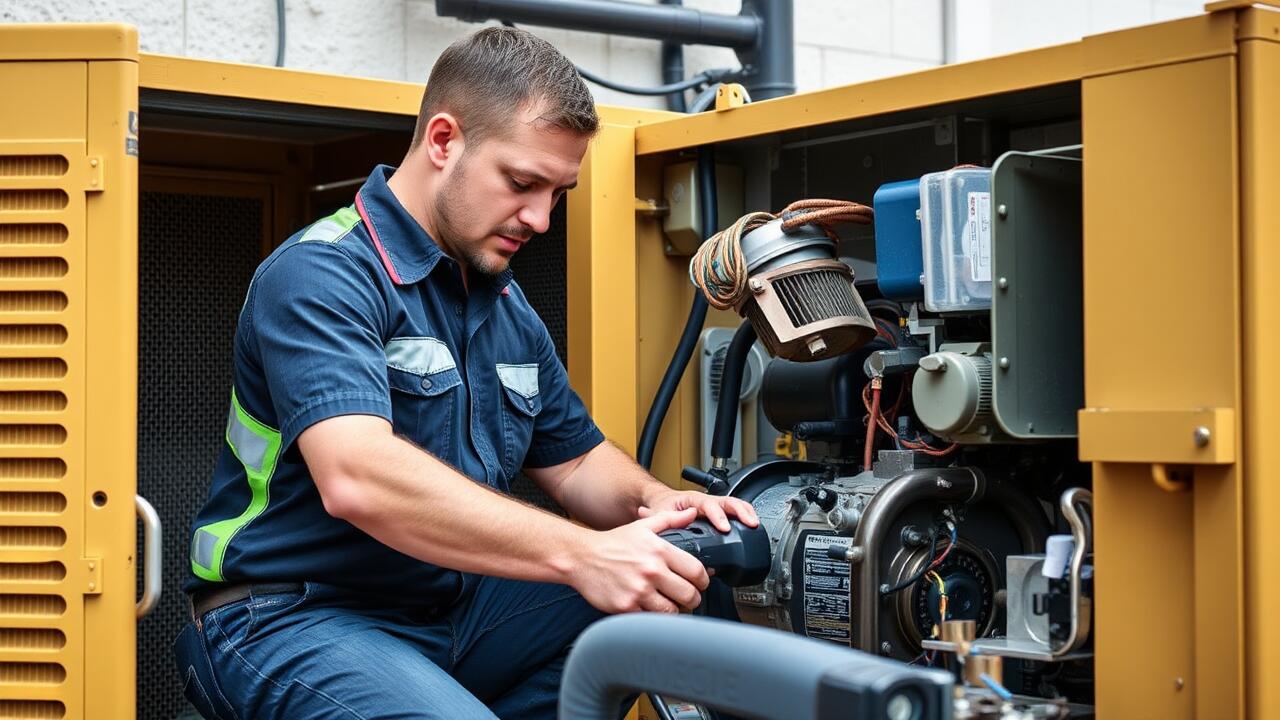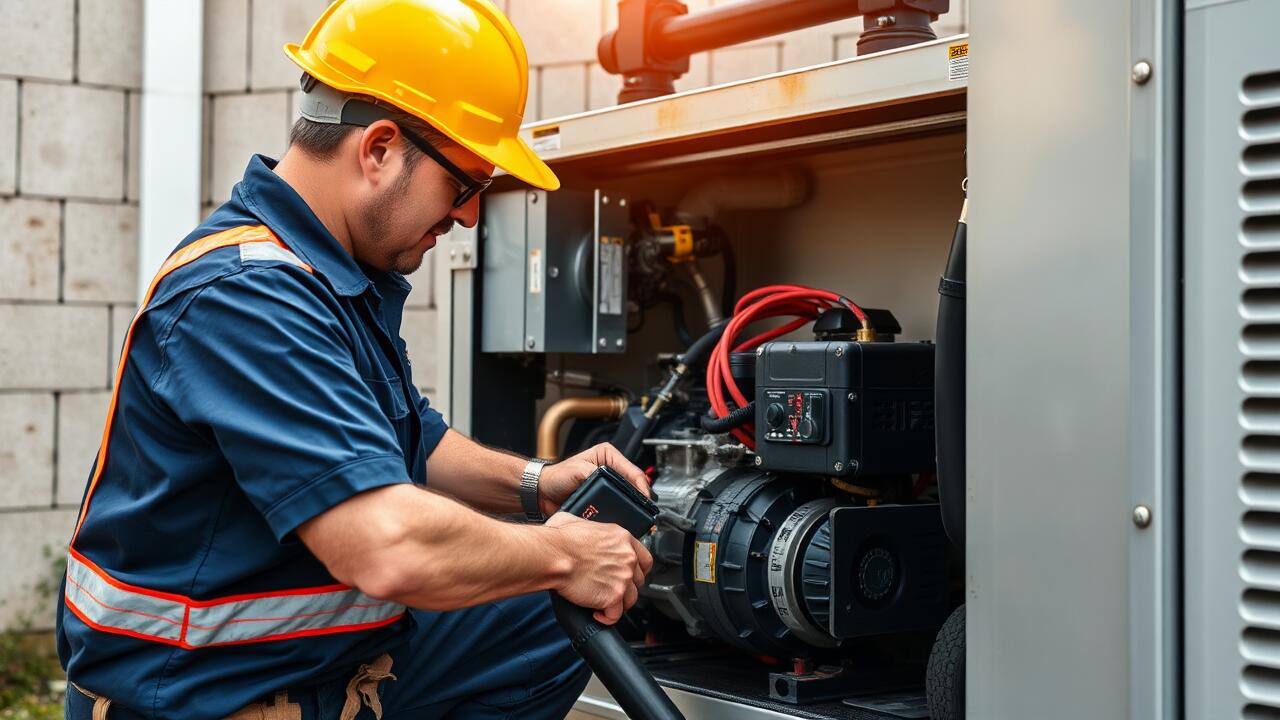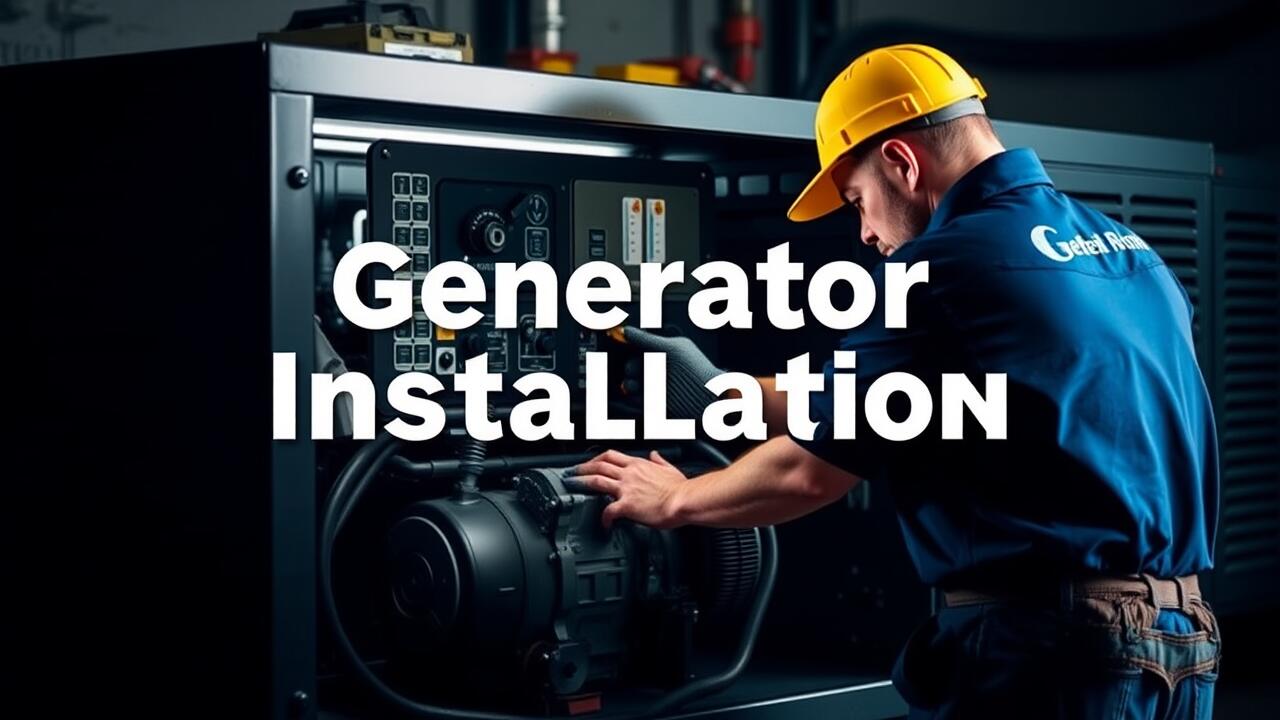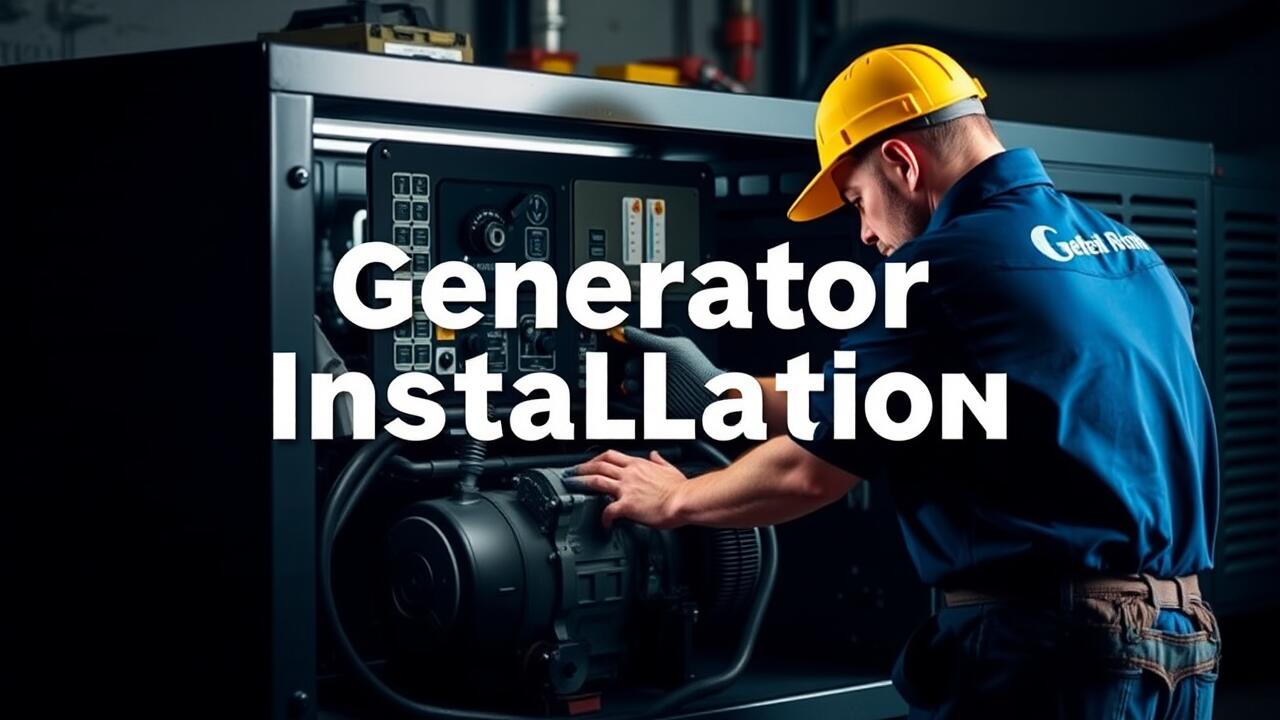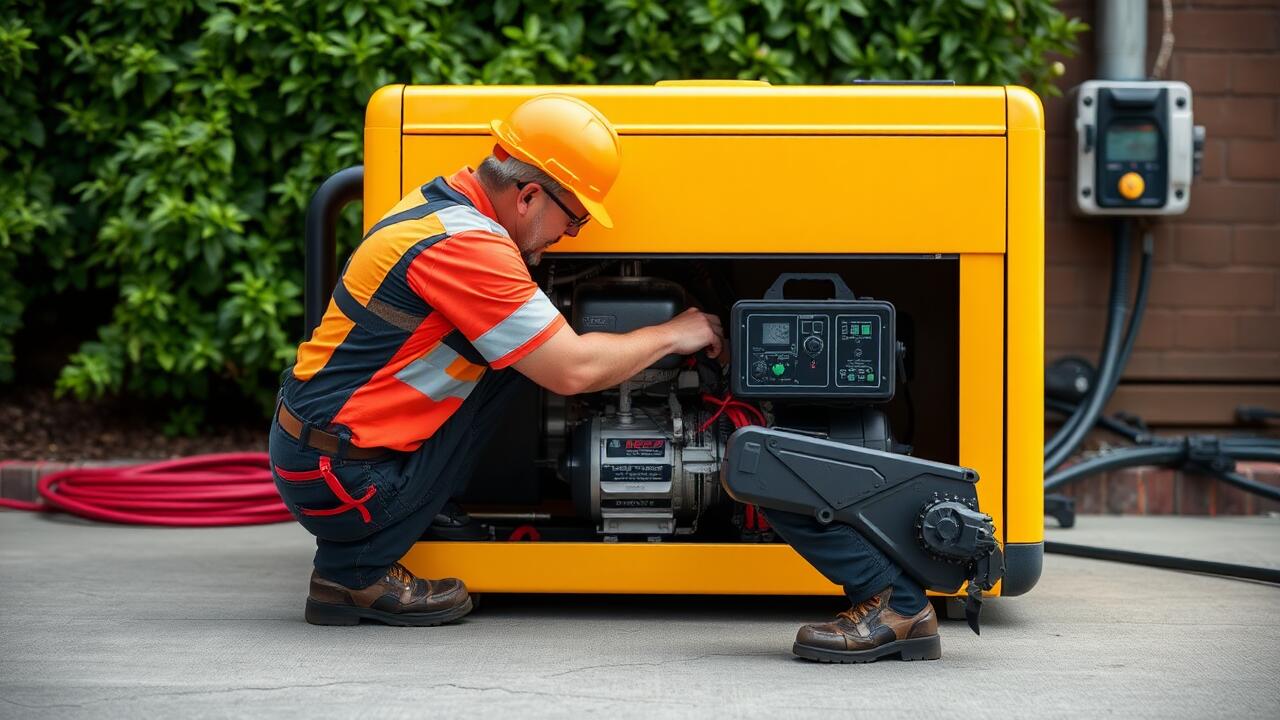
Common Installation Mistakes
One common mistake during the installation of a generator transfer switch is improper sizing. Selecting a switch that doesn’t match the generator’s capacity can lead to system overload, affecting both functionality and safety. It’s crucial to ensure that the transfer switch can handle the power load required for essential circuits. In Kingwood, Houston Generator Installation, professionals often emphasize this point to prevent complications in emergency situations.
Another frequent error involves incorrect wiring connections. Miswiring not only compromises the effectiveness of the transfer switch but can also pose serious safety hazards. Individuals might overlook the need for following the electrical code or misinterpret wiring diagrams. Engaging with a knowledgeable technician from Kingwood, Houston Generator Installation can help ensure that the connections are made correctly and that the system operates safely.
Avoiding Pitfalls During Setup
When installing a generator transfer switch, careful planning is crucial to avoid common mistakes that can lead to unsafe conditions or equipment failure. Begin by thoroughly reading the manufacturer's instructions and understanding your local codes. Take the time to plot the layout of your system, ensuring that all necessary components, such as conduit and wiring, are appropriately marked. This step will help prevent miscalculations or overlooked elements during the installation process. For those in need of professional guidance, local services like Kingwood, Houston Generator Installation can provide valuable support.
Another vital aspect to consider is the sizing of your transfer switch. Using a transfer switch that is too small may result in overheating or damage to your generator. Assess your power needs carefully, accounting for all potential loads in your home or facility. It’s also wise to consult with a professional if you're uncertain about specifications. Engaging with experts in Kingwood, Houston Generator Installation can help ensure your setup is safe and functional, reducing the risk of issues down the line.
Testing Your Transfer Switch
After completing the installation of your generator transfer switch, testing it becomes essential to ensure everything functions correctly. Begin by turning off the main power supply to your home. Next, start your generator and switch the transfer switch to the generator position. This process allows you to confirm that power is flowing through the transfer switch from the generator to your home's electrical system. It is vital to observe the lights and appliances, ensuring they operate as intended during this test.
Once you have tested the transfer switch with the generator, it is advisable to perform a couple of tests to verify proper functionality. Check all circuits connected to the switch, looking for any inconsistencies in performance. If you experience any issues, it may signify an improper installation or a faulty component that requires attention. For those in Kingwood, Houston Generator Installation is an option that often comes with professional testing services, helping you feel confident about your setup.
How to Ensure Proper Functionality
Testing your transfer switch is essential to ensure it operates correctly during an outage. Start by simulating a power failure. This involves turning off the main power supply while monitoring the switch's response. Your generator should activate seamlessly, supplying power to your home’s essential circuits. Check for any audible alarms or warning lights that indicate a problem. If the switch fails to operate smoothly, re-evaluate the wiring and connections to avoid future issues.
After verifying the switch operates effectively, it’s crucial to perform regular tests. Schedule routine inspections to assess functionality, especially before a storm season in Kingwood, Houston. Generator installation professionals recommend checking the components periodically and ensuring the generator itself is well-maintained. Look for frayed wires, corrosion, or any signs of wear and tear. Following these practices will help maintain the integrity of the transfer switch, assuring your home has reliable backup power when needed.
Maintenance Tips for Your Transfer Switch
Regular maintenance of your generator transfer switch is essential for ensuring reliability during power outages. Begin by checking the connections and wiring for any signs of wear or corrosion. Tightening loose connections can prevent potential problems, while cleaning the contacts will enhance performance. If you notice any damage, it’s advisable to replace affected components immediately. Routine inspections can help catch issues early, minimizing the risk of malfunction when you need your generator the most.
In addition to visual inspections, scheduling annual servicing with a professional can ensure optimal functionality. They can perform necessary tests and calibrate your system to meet safety standards. For residents in areas like Kingwood, Houston, generator installation professionals can provide expert advice on the best maintenance practices. Keeping detailed records of maintenance and repairs will also help maintain a clear overview of your transfer switch's condition and identify any recurring issues.
Keeping Your System in Top Condition
Regular maintenance is essential for keeping your transfer switch in optimal working condition. Inspect the switch periodically for signs of wear or damage. Ensure that all connections are secure and free from corrosion. Cleaning the exterior and checking for debris can help prevent issues over time. Be sure to follow the manufacturer's recommendations for specific maintenance tasks and schedules.
In Kingwood, Houston generator installation often includes guidance on proper upkeep. Engaging a professional for routine checks may provide peace of mind and enhance the longevity of your system. Keeping your transfer switch updated with the latest safety features ensures it operates efficiently when needed. Make a habit of documenting any maintenance work completed to track the system’s health.
FAQS
Can I install a generator transfer switch myself?
Yes, you can install a generator transfer switch yourself if you have the necessary electrical knowledge and skills. However, it is important to follow local codes and regulations, and if you're unsure, it may be best to hire a licensed electrician.
What are common mistakes to avoid when installing a transfer switch?
Common mistakes include not properly sizing the switch for your generator, failing to follow safety protocols, and neglecting to read the manufacturer’s instructions. Additionally, overlooking local codes can lead to significant issues.
How can I test my transfer switch after installation?
To test your transfer switch, you should first turn off the main power supply, then connect your generator and switch it on. Check that the transfer switch is functioning correctly by ensuring it transitions smoothly between utility and generator power.
What maintenance does a transfer switch require?
Regular maintenance for a transfer switch includes checking connections for corrosion, tightening loose wires, and ensuring the switch operates smoothly during tests. It’s also advisable to inspect the switch periodically for any signs of wear or damage.
Is it necessary to have a professional install my generator transfer switch?
While it's not strictly necessary, having a professional install your generator transfer switch can ensure that it is done safely and in compliance with local codes. If you lack experience with electrical work, hiring a professional is recommended to avoid potential hazards.
